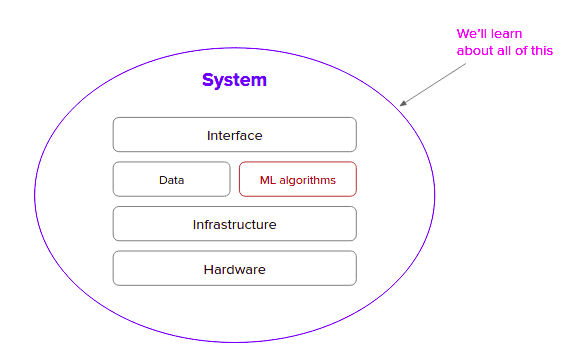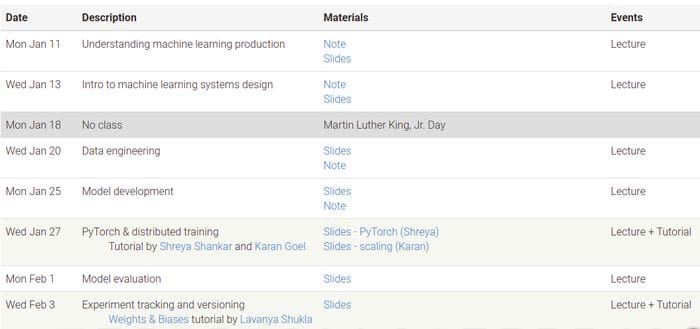 Machine Learning Systems Design: A Free Stanford Course
Machine Learning Systems Design: A Free Stanford Course
This freely-available course from Stanford should give you a toolkit for designing machine learning systems.
Have you been over all of the introductory machine learning tutorials out there? Have you read all the algorithm theory you can handle? Familiar with all the concerns around machine learning data? But still don't have any idea how to design a real world machine learning system? Not sure what kind of software architecture is useful? And even if you did, would you still have virtually no idea how to deploy and maintain it afterwards?
Fret not! Machine Learning Systems Design is a freely-available course from Stanford taught by Chip Huyen which aims to give you a toolkit for designing, deploying, and managing practical machine learning systems. Here's what the course website has to say about what machine learning systems design is, in a succinct manner:
Machine learning systems design is the process of defining the software architecture, infrastructure, algorithms, and data for a machine learning system to satisfy specified requirements.
The initial offering of the course is currently underway, with up-to-date resources available on the course website, including thorough class notes, slides, and in some cases code and videos. There is no access to videos, discussions, or other courses materials at this point, and it should be noted that the materials which are publicly available are for auditing purposes only; there is no manner of obtaining a course completion certification via this process. However, as with past freely-available course offerings from Stanford which we have spotlighted, there is an obvious benefit to some section of our readers in having these select resources available for learning.

From Machine Learning Systems Design "Understanding machine learning production" lecture slides
What, exactly, does a course on machine learning systems design cover?
The course covers all the steps from project scoping, data management, model development, deployment, infrastructure, team structure, to business analysis. At each step, it goes over the motivations, challenges, and limitations, if any, of different solutions. The course ends with a discussion on the future of the machine learning production ecosystem.
More specifically, the syllabus outlines the following topics as being treated:
- Understanding machine learning production
- Understanding machine learning systems design
- Data engineering
- Model development
- Model evaluation
- Experiment tracking
- Deployment
- Model scaling
- Systems monitoring
- The future of ML systems
...and more.
If the above topics make this seem like it's not an introductory course in machine learning or programming, that's because it is not. Before being ready to dive into this material, one should already possess (from the course website):
- Knowledge of basic computer science principles and skills
- Good understanding of machine learning algorithms
- Familiarity with at least one framework such as TensorFlow, PyTorch, JAX
- Familiarity with basic probability theory
Besides the course material on the website, Chip has written these related machine learning systems design notes available on her website; there may be overlap between this material and that which is on the course website, as I have not done a thorough comparison.
While the course is spearheaded by Chip Huyen, the course TAs include Karan Goel, Michael Cooper, and Xi Yan, and course advisors are Michele Catasta and Christopher Ré. Guest lectures are given by a host of contributors including Lavanya Shukla, Christopher Ré, Daniel Bourke, Piero Molino, Saam Motamedi, Neil Lawrence, and more.
With so little available quality in-depth material on machine learning systems design, this course is shaping up to be one of the first stops for anyone looking to put all of these pieces together, and those looking to end up with their own solid ML design toolkit.
Related:
- The Best NLP with Deep Learning Course is Free
- Learn Deep Learning with this Free Course from Yann LeCun
- Free Introductory Machine Learning Course From Amazon

 Machine Learning Systems Design: A Free Stanford Course
Machine Learning Systems Design: A Free Stanford Course